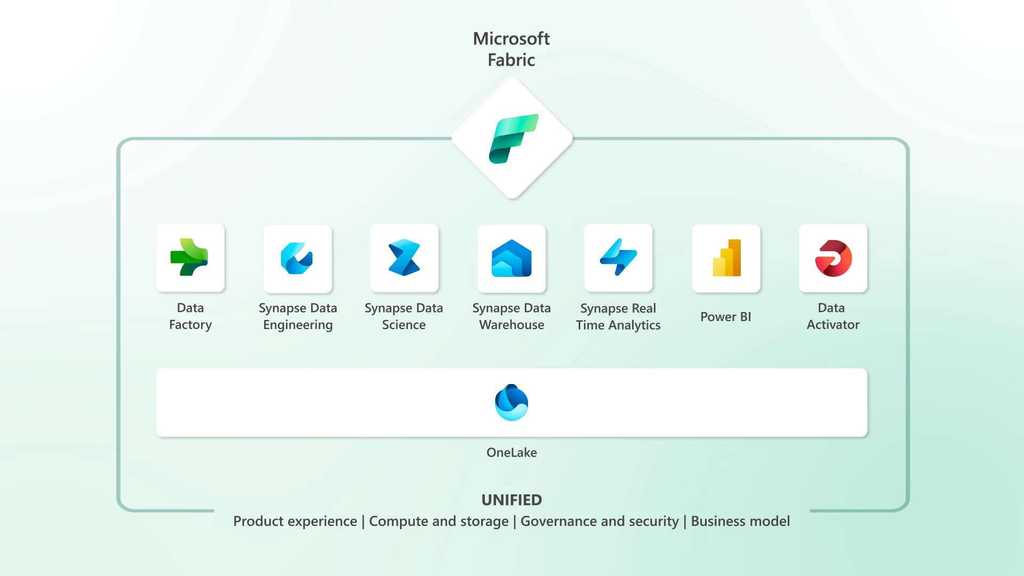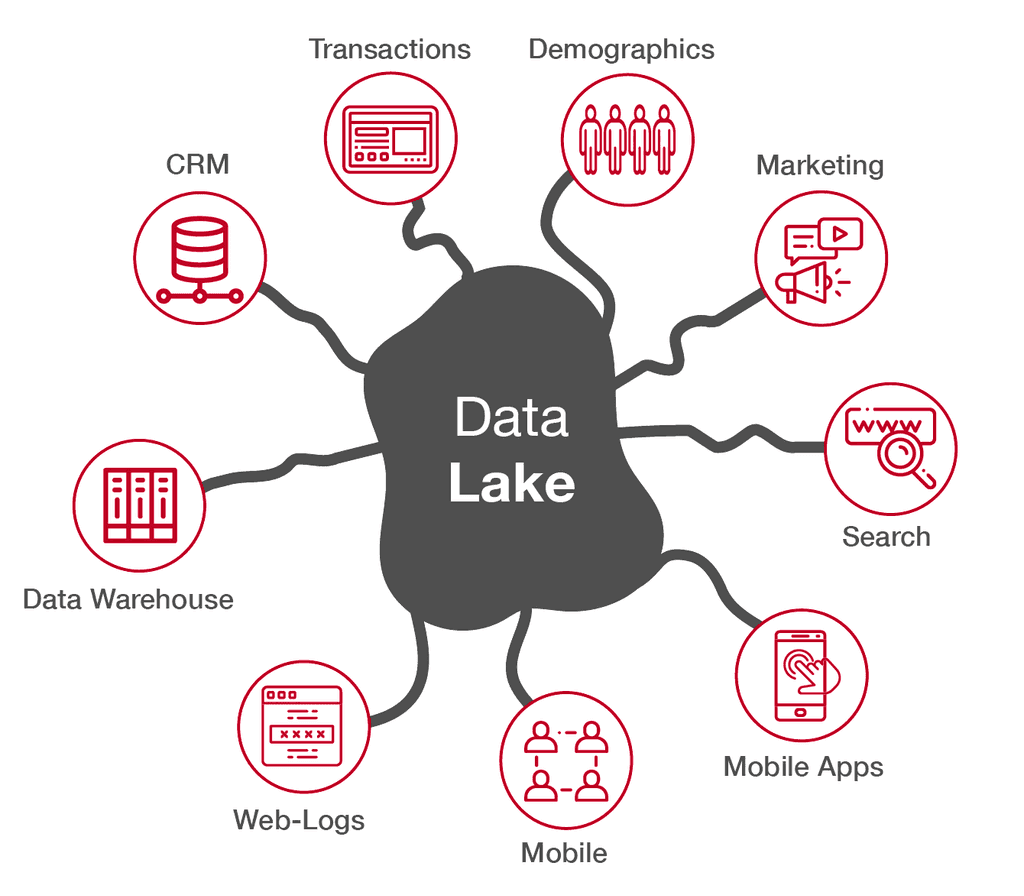Imagine running a business without a clear, unified view of your data. Here's what you might face:
- Data Silos: Different departments hoard their data, making it difficult to gather holistic insights about your business.
- Inefficiency: You spend valuable time integrating data from disparate sources instead of generating insights.
- Cost Overruns: Managing multiple systems for data integration, engineering, warehousing, and business intelligence inflates your costs.
- Impaired Decision Making: Inconsistencies and lack of access to all data hinder informed decision-making.
Typically, companies managed this problem with Data Warehouses like having a SQL Server database to aggregate all their data.
These days, data lakes make it easy to consolidate all data in an unstructured manner.
The Solution - A Data Lake
A data lake serves as a single source of truth for all company data, helping to solve the above problems.
The Power of Microsoft Fabric
Video: Microsoft Fabric: Satya Nadella at Microsoft Build 2023 (1 min)Microsoft Fabric can supercharge your data lake. Fabric integrates technologies like Azure Data Factory (for Extract, Transform, Load - ETL), Azure Synapse Analytics (for data warehousing), and Power BI (for reporting) into a single unified product, empowering data and business professionals alike to unlock the potential of their data and lay the foundation for the era of AI. 🤖
- Seamless Integration with Microsoft 365: Microsoft Fabric can turn your Microsoft 365 apps into hubs for uncovering and applying insights, making data a part of everyday work
- Unified Capacities, Reduced Costs: Microsoft Fabric unifies computing capacities across different workloads, reducing wastage and costs
- Simplified Management: It consolidates necessary data provisioning, transformation, modeling, and analysis services into one user interface, simplifying data management
- Elimination of Data Duplication: It enables easy sharing of datasets across the company, eliminating data duplication
- Smooth Transition: Existing Microsoft products like Azure Synapse Analytics, Azure Data Factory, and Azure Data Explorer connect seamlessly with Fabric, allowing a smooth transition

Microsoft Fabric and AI
Microsoft Fabric integrates neatly with AI, meaning you can leverage tools like Copilot directly from the user interface.
Video: How Microsoft Fabric fits into AI (1 min)
In conclusion, every company should have a data lake as a single source of truth, enhanced by Microsoft Fabric. It not only solves the pain of managing data in silos but also improves efficiency, reduces costs, and leads to better, data-driven decisions.

